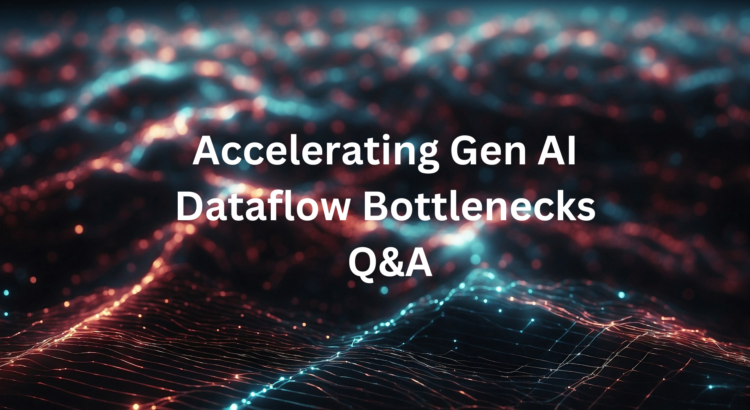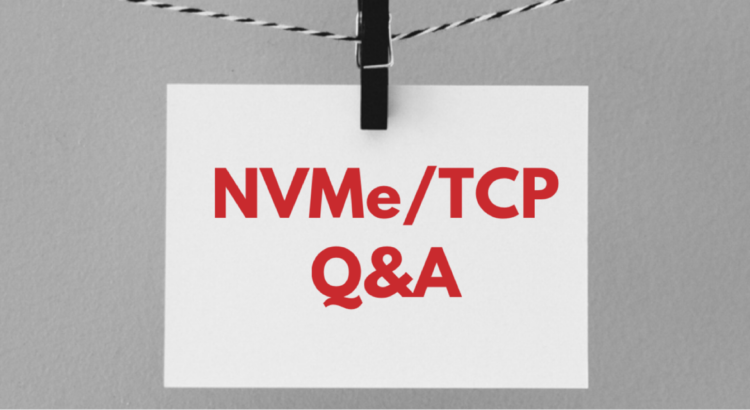Anyone who follows technology knows that it is a fast-paced world with rapid changes and constant innovations. SNIA, together with its members, technical work groups, Forums, and Initiatives, continues to embrace, educate, and develop standards to make technology more available and better understood.
At the SNIA Networking Storage Forum, we’ve been at the forefront of diving into technology topics that extend beyond traditional networked storage, providing education on AI, edge, acceleration and offloads, hyperconverged infrastructure, programming frameworks, and more. We still care about and spend a lot of time on networked storage and storage protocols, but we felt it was time that the name of the group better reflected the broad range of timely topics we’re covering. Read More








